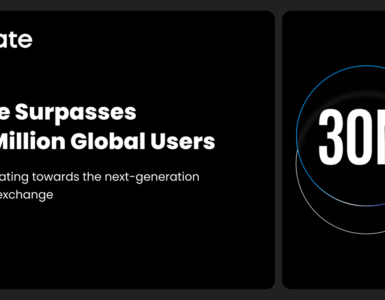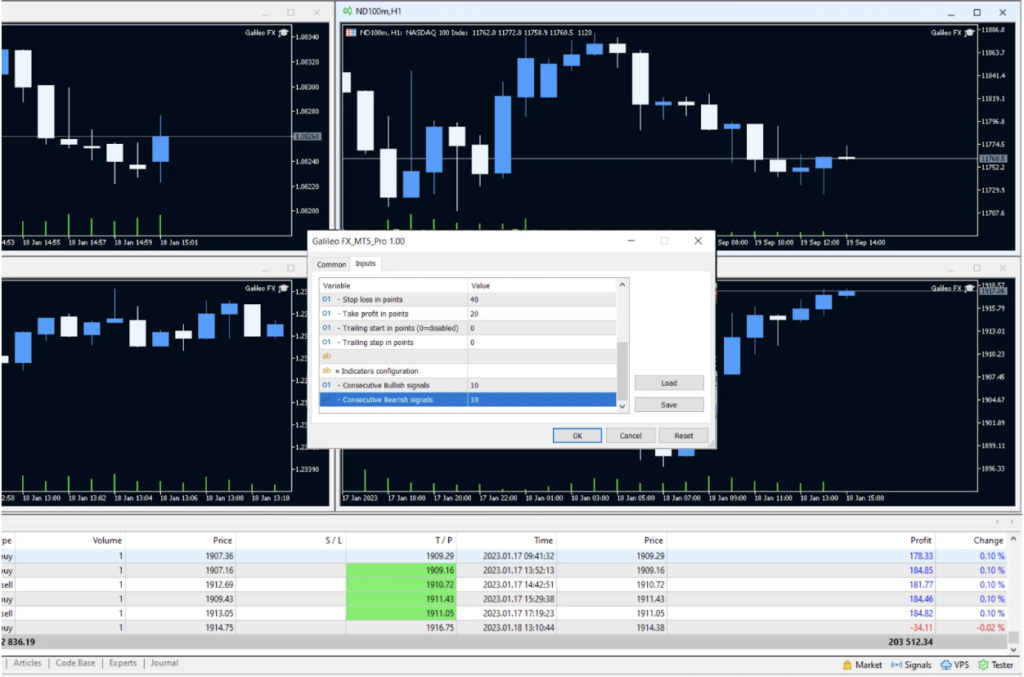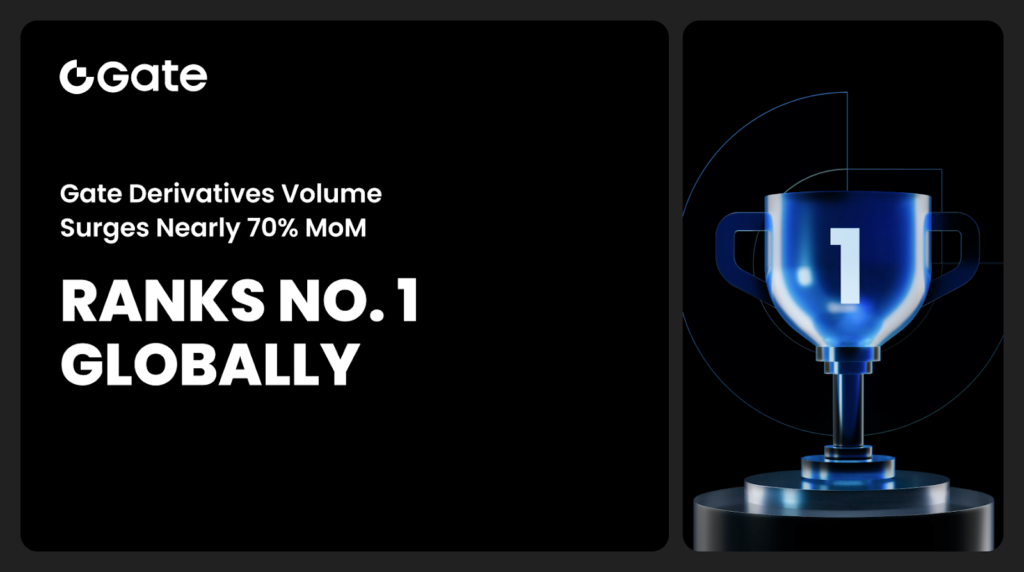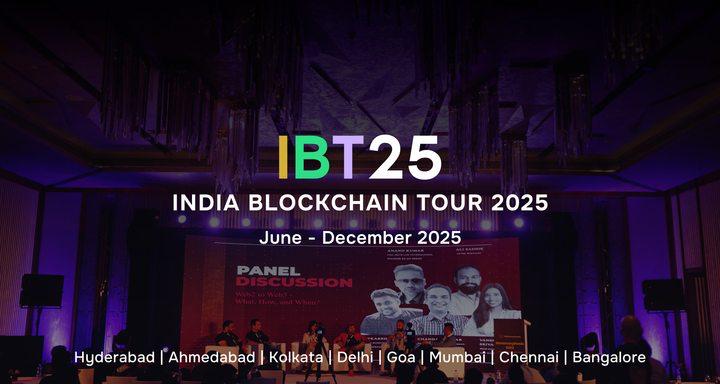The metaverse is poised to transform the way we shop and do business, offering new opportunities for commerce and financial innovation. In this article, we explore the intersection of the metaverse and commerce, and the potential for the metaverse to revolutionize the way we buy, sell, and transact.
The Evolution of Commerce
Commerce has been a part of human culture for thousands of years, with the rise of cities and trade networks leading to the growth of markets, merchants, and currencies. Over time, commerce has evolved, with new technologies such as e-commerce, mobile payments, and social media changing the way we buy and sell goods and services.
The Metaverse and Commerce
The metaverse represents the next frontier of commerce, offering a virtual space in which businesses can operate and consumers can shop and interact. Here are some ways in which the metaverse is impacting the world of commerce:
Virtual Storefronts
The metaverse allows businesses to create virtual storefronts, offering customers the ability to browse and purchase products in a virtual environment. Virtual storefronts can be customized to offer a more engaging and immersive shopping experience, with the ability to showcase products in 3D, offer personalized recommendations, and incorporate social features such as user reviews and recommendations.
Virtual Marketplaces
The metaverse can also be used to create virtual marketplaces, offering a platform for businesses and consumers to buy and sell goods and services in a virtual environment. Virtual marketplaces can offer a wider range of products and services, as well as the ability to trade goods and services that are difficult to sell in the physical world.
Cryptocurrency Payments
The metaverse can also facilitate new forms of payment and financial innovation, with the potential for cryptocurrency payments and blockchain-based transactions. Cryptocurrency payments can offer greater security, lower transaction fees, and faster processing times, as well as the ability to create new financial products and services that are tailored to the needs of the metaverse.
The Future of Metaverse Commerce
As the technology behind the metaverse continues to evolve, we can expect to see even more innovative and creative uses of virtual reality in the world of commerce. Here are some potential areas for growth and development:
Virtual Reality Advertising
Virtual reality advertising can be used to create more engaging and memorable experiences for consumers, from immersive brand experiences to interactive ad campaigns. Virtual reality technology can be used to create virtual storefronts, showrooms, and advertisements, offering new opportunities for businesses to reach customers and build brand awareness.
Social Commerce
Social media platforms and other online communities can be integrated with the metaverse to create new forms of social commerce, allowing consumers to shop and interact with businesses in a more social and engaging way. Social commerce can incorporate elements such as user-generated content, social recommendations, and community-driven product development, offering a more personalized and community-driven shopping experience.
Virtual Reality Payments
Virtual reality payments can offer new opportunities for financial innovation, with the potential for new forms of cryptocurrency and blockchain-based transactions. Virtual reality payments can also incorporate biometric authentication, such as facial recognition or fingerprint scanning, offering greater security and ease of use.
Augmented Reality Shopping
Augmented reality (AR) can be used to create virtual shopping experiences that bridge the gap between the physical and virtual worlds. AR technology can be used to create virtual try-on experiences, allowing customers to see how products will look on them before making a purchase. AR can also be used to create interactive product demonstrations and visualizations, offering a more engaging and informative shopping experience.
Virtual Reality Product Development
Virtual reality can be used to accelerate product development and prototyping, offering a faster and more cost-effective way to design and test new products. Virtual reality technology can be used to create virtual prototypes, allowing designers and engineers to test products in a virtual environment before building physical prototypes. This can help to identify and address design flaws and other issues early in the development process, reducing costs and time to market.
Personalized Shopping Experiences
The metaverse can offer new opportunities for personalized shopping experiences, allowing businesses to tailor their offerings to the needs and preferences of individual customers. Virtual reality technology can be used to create personalized product recommendations, virtual assistants, and other tools to help customers find the products and services that best fit their needs.
Virtual Reality Supply Chain Management
Virtual reality can also be used to improve supply chain management, allowing businesses to track and optimize their supply chains in a virtual environment. Virtual reality technology can be used to create virtual simulations of supply chain processes, allowing businesses to identify bottlenecks, optimize workflows, and reduce waste and inefficiencies.
Virtual Reality Customer Service
Virtual reality technology can be used to create more immersive and personalized customer service experiences, allowing businesses to provide better support to their customers in a virtual environment. Virtual reality customer service can offer features such as virtual assistants, live chat support, and immersive product demonstrations, offering a more engaging and informative support experience.
Virtual Reality Events and Experiences
The metaverse can be used to create virtual events and experiences, offering new opportunities for businesses to engage with their customers and build brand awareness. Virtual reality technology can be used to create immersive and interactive events, such as virtual conferences, concerts, or product launches, allowing businesses to reach a wider audience and offer more engaging and memorable experiences.
Virtual Reality Crowdfunding
Virtual reality can be used to create new forms of crowdfunding, allowing businesses to raise capital and funding for new products and ventures in a virtual environment. Virtual reality crowdfunding can offer features such as virtual pitch events, personalized virtual presentations, and virtual product demonstrations, allowing investors to see and experience new products and ideas in a more immersive and engaging way.
Virtual Reality Market Research
Virtual reality technology can be used to conduct market research in a more immersive and interactive way, allowing businesses to gain deeper insights into customer preferences and behaviors. Virtual reality market research can offer features such as virtual focus groups, virtual product testing, and virtual surveys, allowing businesses to collect more accurate and detailed feedback from customers in a virtual environment.
Virtual Reality Customer Service
Virtual reality technology can be used to create more immersive and personalized customer service experiences, allowing businesses to provide better support to their customers in a virtual environment. Virtual reality customer service can offer features such as virtual assistants, live chat support, and immersive product demonstrations, offering a more engaging and informative support experience.
Virtual Reality Events and Experiences
The metaverse can be used to create virtual events and experiences, offering new opportunities for businesses to engage with their customers and build brand awareness. Virtual reality technology can be used to create immersive and interactive events, such as virtual conferences, concerts, or product launches, allowing businesses to reach a wider audience and offer more engaging and memorable experiences.
Virtual Reality Crowdfunding
Virtual reality can be used to create new forms of crowdfunding, allowing businesses to raise capital and funding for new products and ventures in a virtual environment. Virtual reality crowdfunding can offer features such as virtual pitch events, personalized virtual presentations, and virtual product demonstrations, allowing investors to see and experience new products and ideas in a more immersive and engaging way.
Virtual Reality Market Research
Virtual reality technology can be used to conduct market research in a more immersive and interactive way, allowing businesses to gain deeper insights into customer preferences and behaviors. Virtual reality market research can offer features such as virtual focus groups, virtual product testing, and virtual surveys, allowing businesses to collect more accurate and detailed feedback from customers in a virtual environment.
Virtual Reality Customer Service
Virtual reality technology can be used to create more immersive and personalized customer service experiences, allowing businesses to provide better support to their customers in a virtual environment. Virtual reality customer service can offer features such as virtual assistants, live chat support, and immersive product demonstrations, offering a more engaging and informative support experience.
Virtual Reality Events and Experiences
The metaverse can be used to create virtual events and experiences, offering new opportunities for businesses to engage with their customers and build brand awareness. Virtual reality technology can be used to create immersive and interactive events, such as virtual conferences, concerts, or product launches, allowing businesses to reach a wider audience and offer more engaging and memorable experiences.
Virtual Reality Crowdfunding
Virtual reality can be used to create new forms of crowdfunding, allowing businesses to raise capital and funding for new products and ventures in a virtual environment. Virtual reality crowdfunding can offer features such as virtual pitch events, personalized virtual presentations, and virtual product demonstrations, allowing investors to see and experience new products and ideas in a more immersive and engaging way.
Virtual Reality Market Research
Virtual reality technology can be used to conduct market research in a more immersive and interactive way, allowing businesses to gain deeper insights into customer preferences and behaviors. Virtual reality market research can offer features such as virtual focus groups, virtual product testing, and virtual surveys, allowing businesses to collect more accurate and detailed feedback from customers in a virtual environment.
Virtual Reality Customer Service
Virtual reality technology can be used to create more immersive and personalized customer service experiences, allowing businesses to provide better support to their customers in a virtual environment. Virtual reality customer service can offer features such as virtual assistants, live chat support, and immersive product demonstrations, offering a more engaging and informative support experience.
Virtual Reality Events and Experiences
The metaverse can be used to create virtual events and experiences, offering new opportunities for businesses to engage with their customers and build brand awareness. Virtual reality technology can be used to create immersive and interactive events, such as virtual conferences, concerts, or product launches, allowing businesses to reach a wider audience and offer more engaging and memorable experiences.
Virtual Reality Crowdfunding
Virtual reality can be used to create new forms of crowdfunding, allowing businesses to raise capital and funding for new products and ventures in a virtual environment. Virtual reality crowdfunding can offer features such as virtual pitch events, personalized virtual presentations, and virtual product demonstrations, allowing investors to see and experience new products and ideas in a more immersive and engaging way.
Virtual Reality Market Research
Virtual reality technology can be used to conduct market research in a more immersive and interactive way, allowing businesses to gain deeper insights into customer preferences and behaviors. Virtual reality market research can offer features such as virtual focus groups, virtual product testing, and virtual surveys, allowing businesses to collect more accurate and detailed feedback from customers in a virtual environment.
Conclusion
The metaverse represents a new frontier of commerce, offering a virtual space in which businesses can operate and consumers can shop and interact. Virtual storefronts, virtual marketplaces, and cryptocurrency payments are just a few examples of the ways in which the metaverse is impacting the world of commerce. As the technology continues to evolve, we can expect to see even more innovative and creative uses of virtual reality in the world of commerce, from virtual reality advertising to social commerce and beyond.













